When it comes to interior design, the Scandinavian dining room has become one of the most sought-after styles, thanks to its minimalist elegance and functional aesthetic. Rooted in simplicity, natural elements, and neutral tones, this design philosophy creates a serene and welcoming dining space perfect for both casual family meals and formal gatherings. If you're looking to transform your dining area into a Scandinavian oasis, understanding the core elements of this style will help you achieve a timeless and balanced look that feels both modern and warm. From choosing the right furniture to incorporating natural textures, this guide will provide all the insights you need to create your perfect Scandinavian dining room.
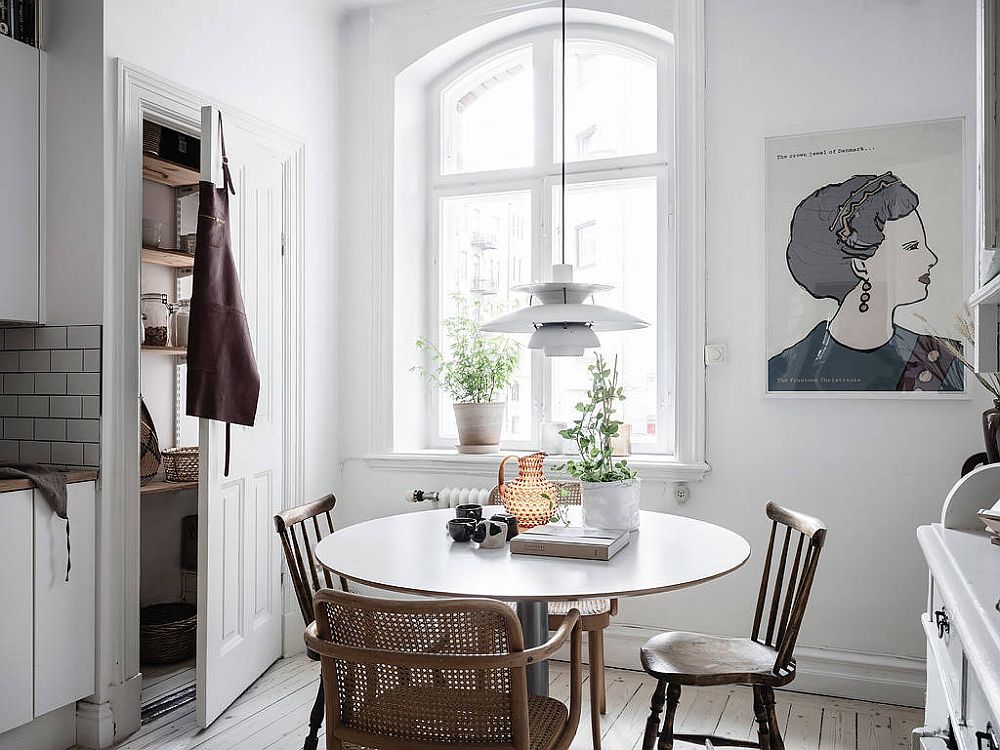
1. Neutral Color Palette: A Scandinavian dining room typically embraces a neutral color palette, often featuring shades of white, beige, grey, and soft pastels. These colors work to create a calming atmosphere, making the dining space feel larger, brighter, and more inviting. The neutrality of the space also offers flexibility in styling, allowing you to add bolder accents without overwhelming the room. Consider soft grey walls paired with natural wood tones or crisp white furniture against pale blue or mint accents to achieve this look.
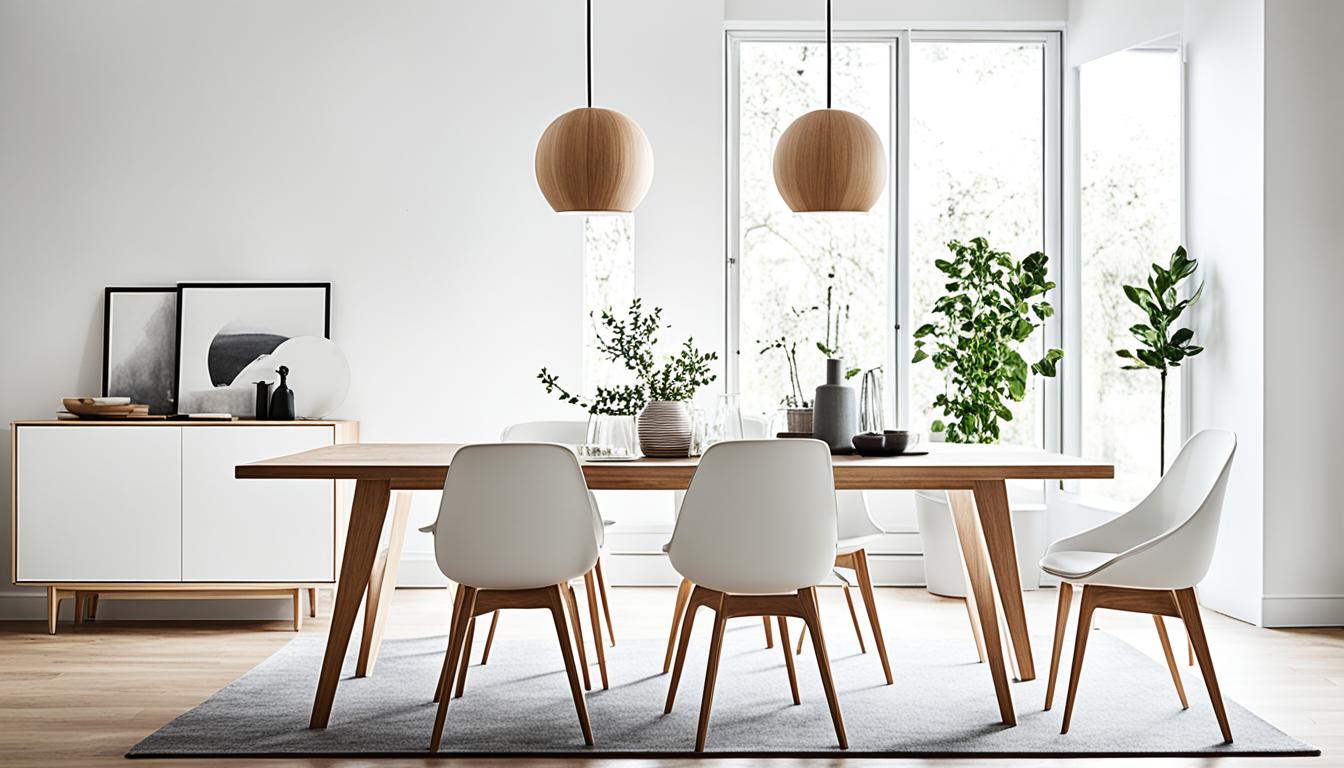
2. Natural Wood Elements: One of the defining features of Scandinavian design is the use of natural wood. Light woods like pine, birch, and oak are popular choices for dining room furniture. Whether it’s a wooden dining table, chairs, or even a sideboard, incorporating wooden elements adds warmth to the room while maintaining the minimalist aesthetic. The natural grains and textures of wood bring the outdoors in, which is a central theme in Scandinavian interiors. Be sure to opt for sustainable and eco-friendly wood pieces for an authentic approach.
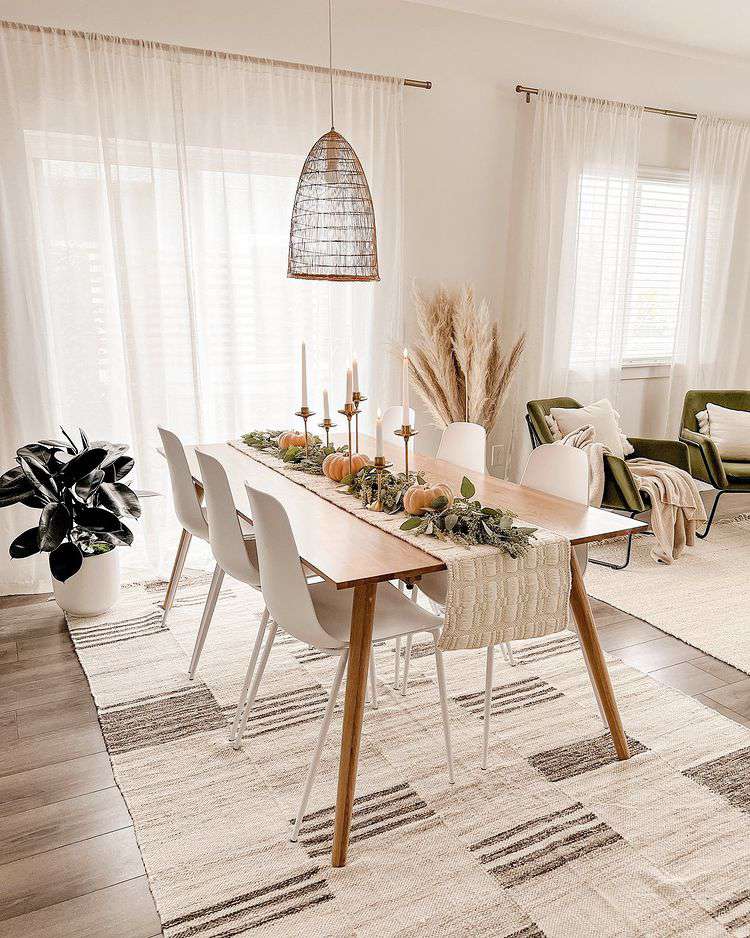
3. Functional and Simple Furniture: Scandinavian design prioritizes functionality without compromising on style. Dining furniture should be sleek, minimalist, and versatile. Look for dining tables with clean lines and simple designs, avoiding overly ornate pieces. Chairs should be comfortable but not bulky, with lightweight and ergonomic forms. The key is to strike a balance between practicality and aesthetics, making sure each piece of furniture serves a purpose while enhancing the overall simplicity of the space.
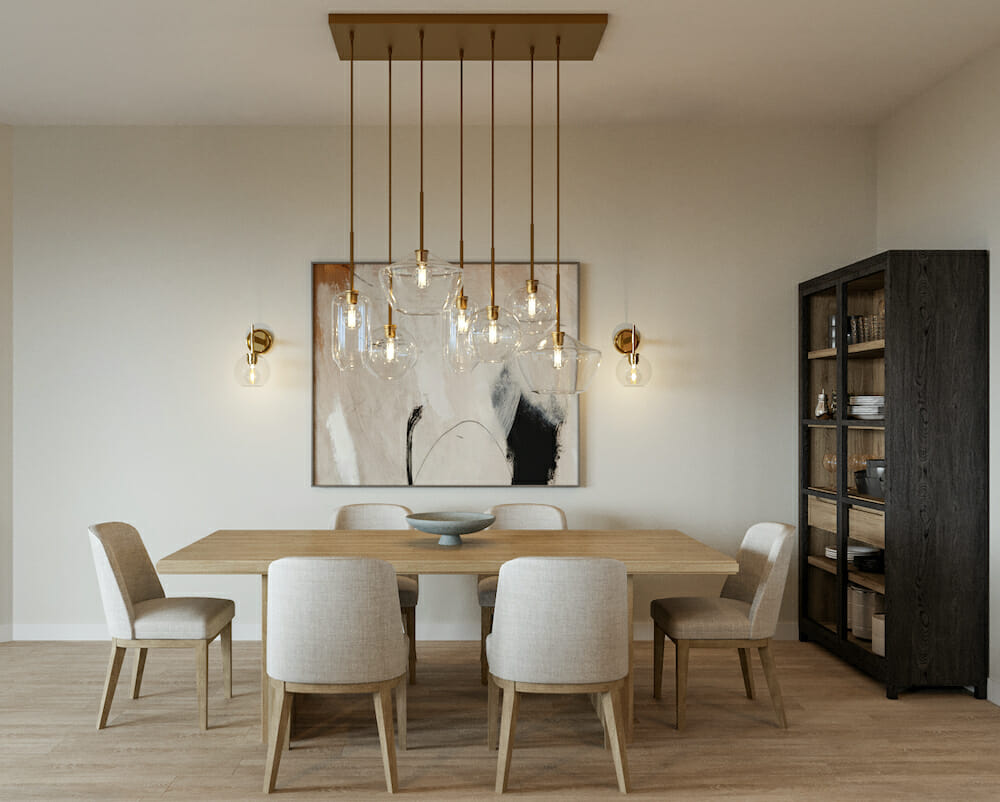
4. Textures and Natural Materials: Although the color palette in Scandinavian dining rooms is often neutral, textures play a vital role in adding depth and interest. Consider layering different textures like cotton, wool, linen, and sheepskin in your dining area. A soft, woven rug beneath the dining table or a wool throw draped over a chair can instantly make the space feel cozier and more inviting. Additionally, incorporating natural materials like stone, leather, and ceramics can enhance the organic feel of the room.
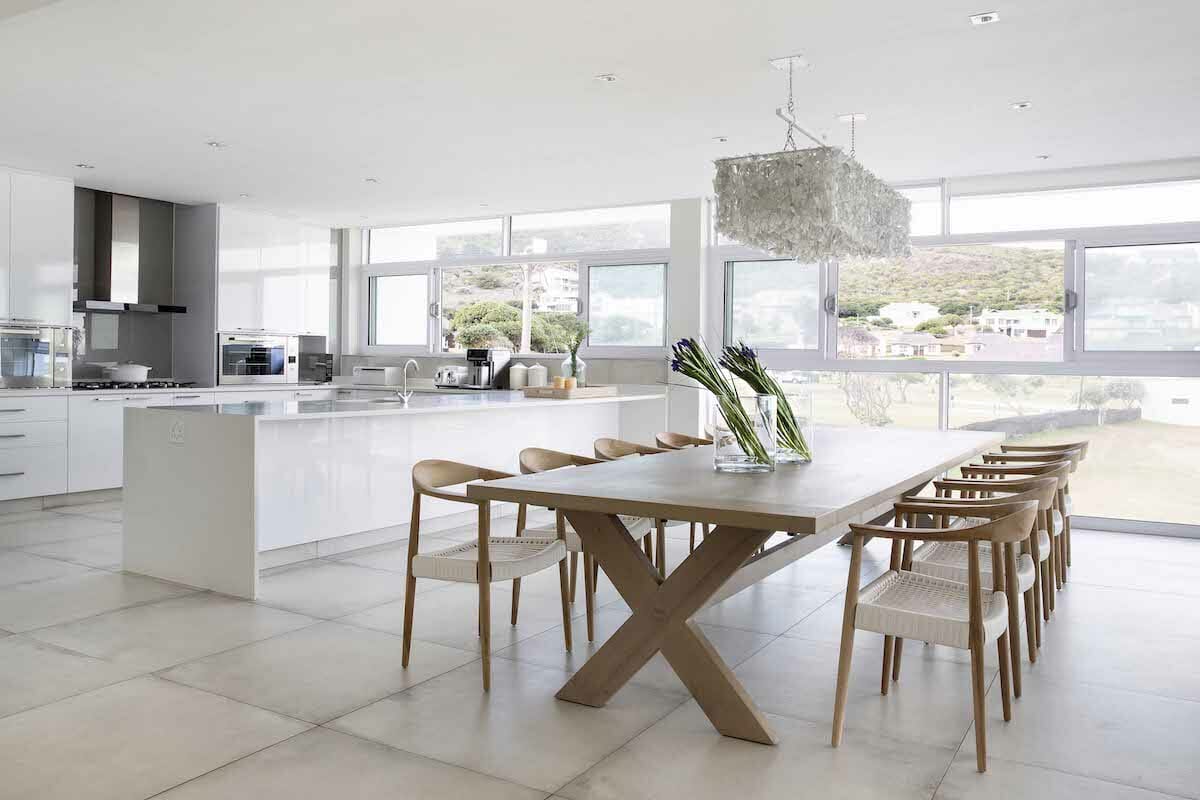
5. Lighting: Bright and Natural: In a Scandinavian dining room, natural light is your best friend. Large windows are common in this design style, allowing for an abundance of daylight to flood the space. When it comes to artificial lighting, opt for sleek, understated fixtures such as pendant lights made from materials like metal or wood. Scandinavian lighting often features simple designs with a focus on practicality. Soft, warm lighting can also help create a cozy and inviting ambiance for evening dining.
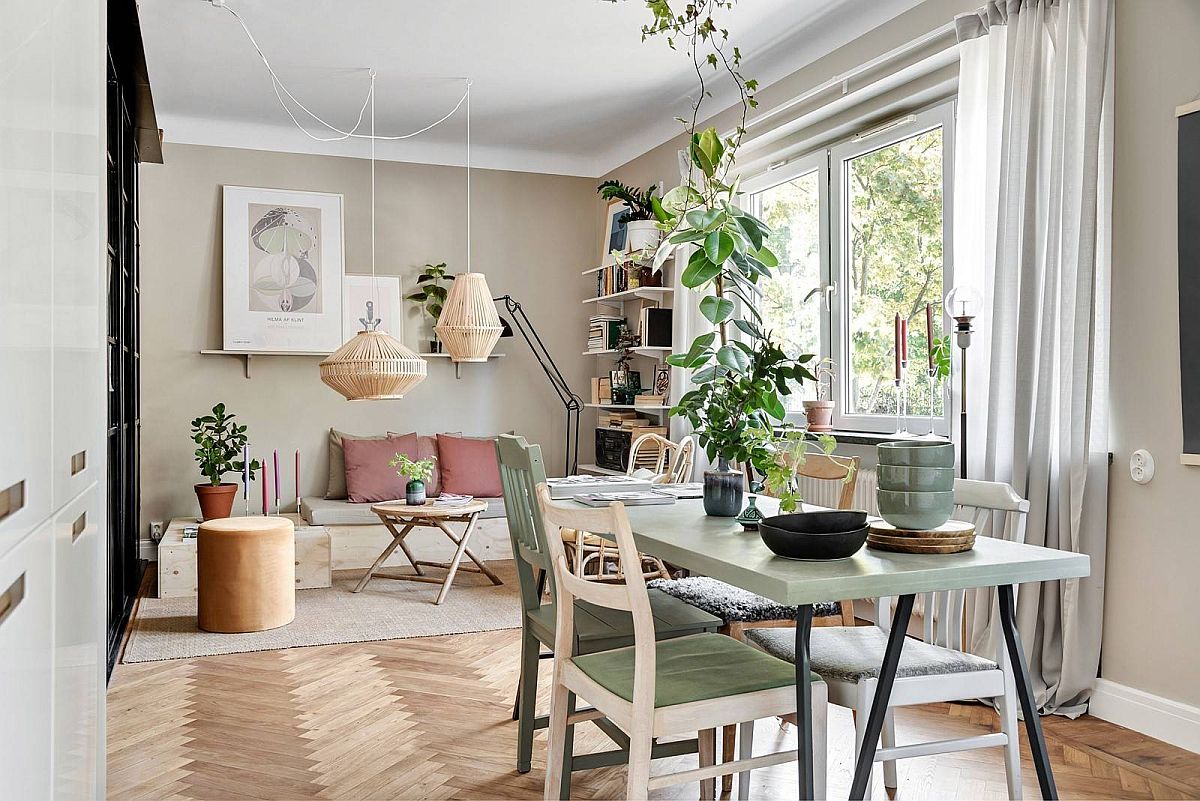
6. Minimalist Decorations: Scandinavian interiors are known for their "less is more" philosophy, which extends to decor. When styling your Scandinavian dining room, keep decorations minimal and intentional. A few statement pieces, such as a large wall art or a set of ceramic vases, can add character without cluttering the space. Plants also play an important role, bringing in a touch of greenery that complements the natural elements of the room. However, it’s important not to overdo it—stick to a handful of decorative pieces that add to the room’s overall calm and simplicity.
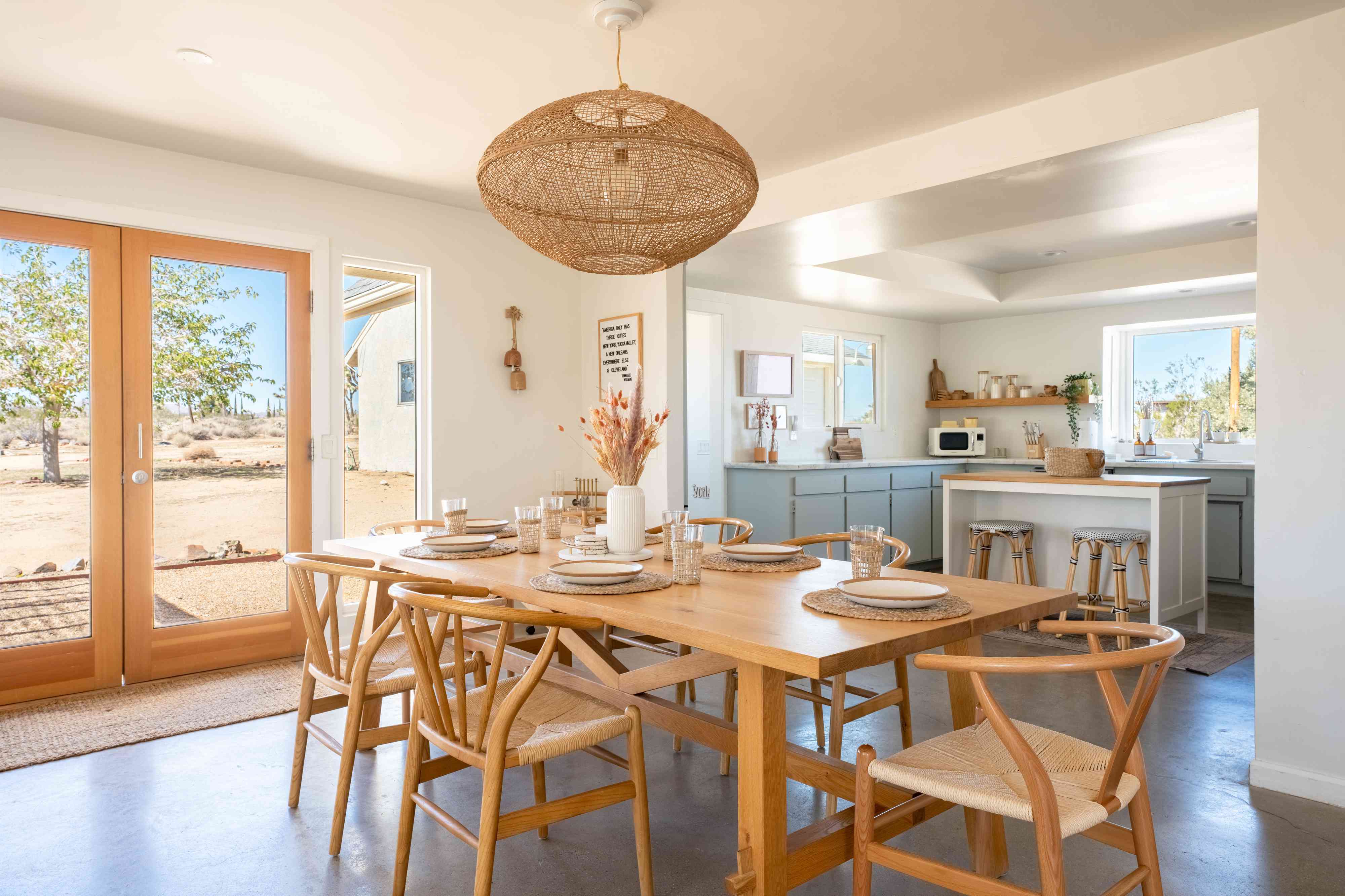
7. Open and Airy Layout: Space and flow are critical components of Scandinavian design. Your dining room should feel open and uncluttered, with enough room for movement. Arrange your furniture to maximize space and ensure that your dining area feels spacious, even if it’s on the smaller side. Avoid overcrowding the room with unnecessary items and focus on creating a layout that promotes ease of use and relaxation.
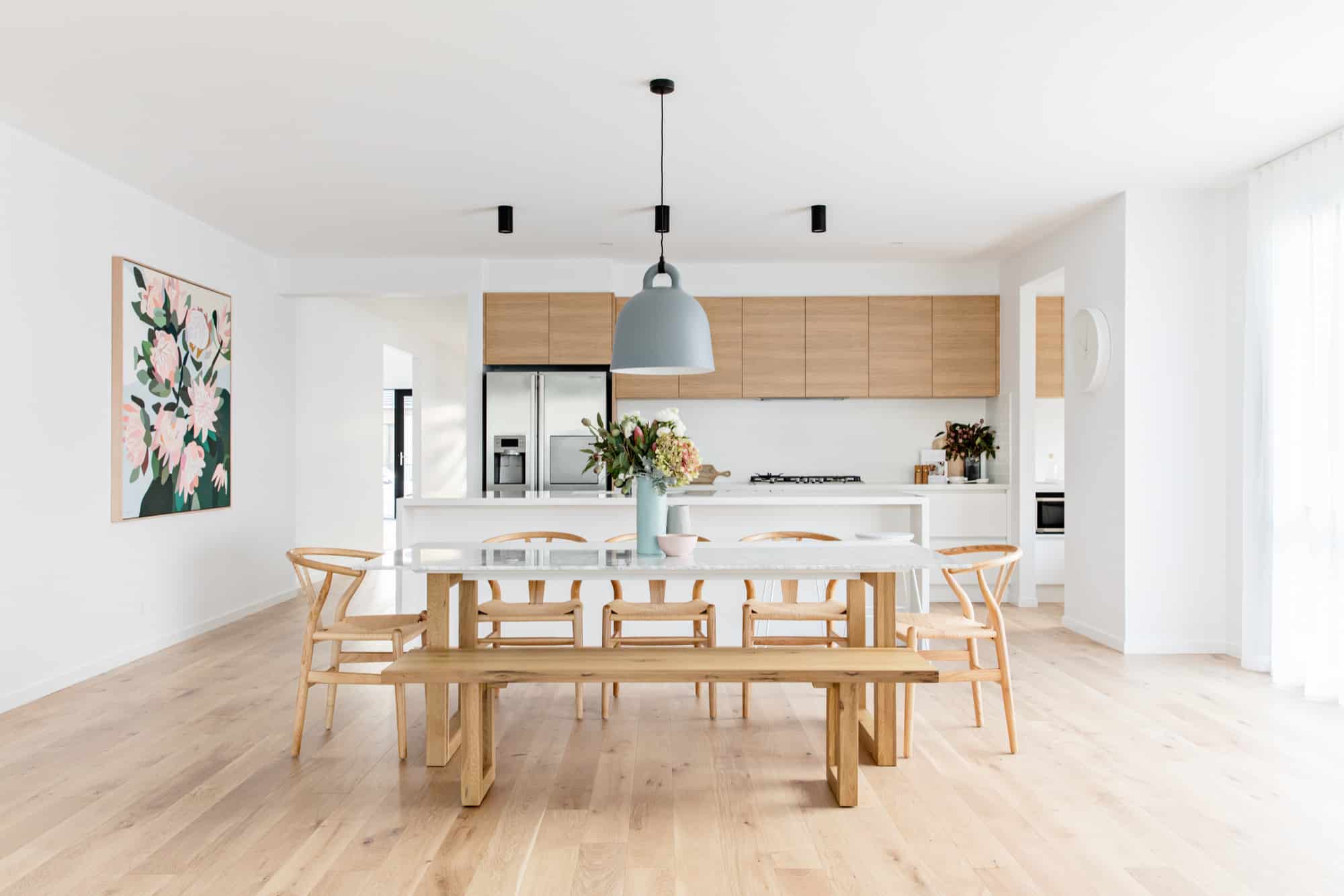
8. Sustainability and Eco-Friendly Choices: Scandinavian design has a strong connection to nature, which means sustainability plays an essential role. Choose eco-friendly furniture made from responsibly sourced materials and avoid fast furniture trends. Incorporating vintage or recycled items can also add character to your dining space while maintaining the eco-conscious ethos of Scandinavian interiors. The goal is to create a lasting, sustainable design that reflects both simplicity and environmental awareness.
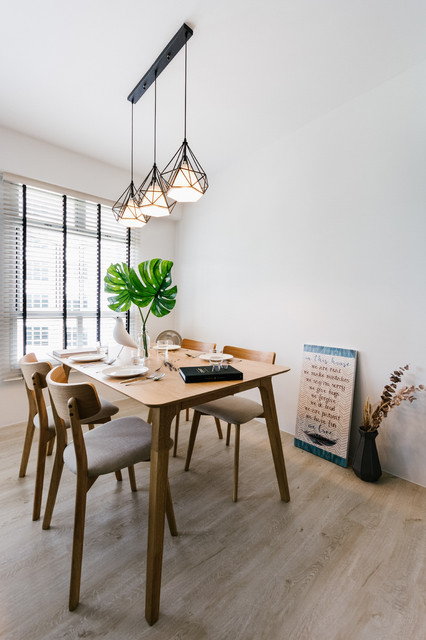
9. Scandinavian Dining Room for Small Spaces: Even if you have a compact dining area, the Scandinavian style works perfectly. Opt for smaller, multi-functional furniture, such as extendable dining tables or stackable chairs. Mirrors can be strategically placed to make the room feel larger and more open. Keeping the space uncluttered with minimal decor will also help to enhance the feeling of openness, making even the smallest dining rooms feel functional and welcoming.
10. Personalizing Your Scandinavian Dining Room: While Scandinavian design is known for its minimalist approach, there’s still room for personalization. Incorporate personal touches like family photos in sleek frames, or showcase unique items from your travels to add character to the room. The key is to maintain the balance between simplicity and individuality, ensuring that your dining space feels warm, welcoming, and uniquely yours.




